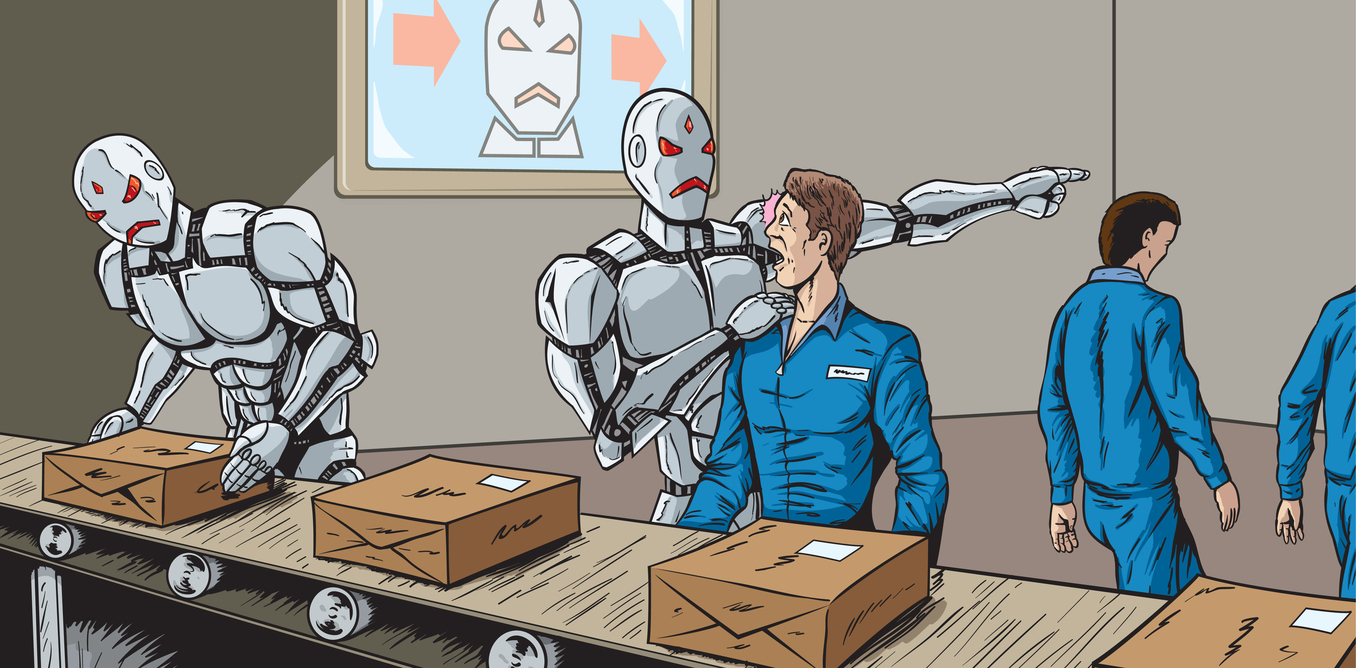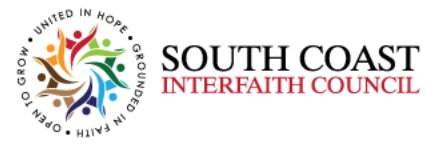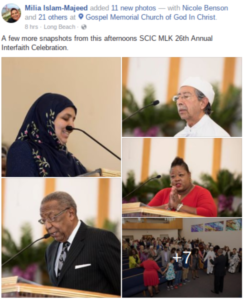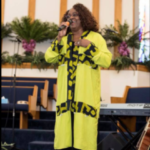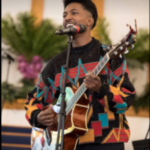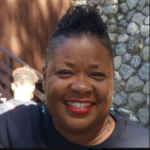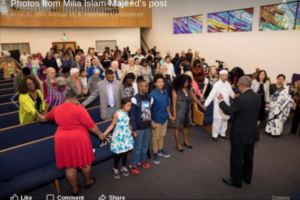It is important for today’s songwriter to get away from the concept of being an employee.
To many, the dream is to write a hit song and make money from it. The traditional route involves working for a music publisher who pays a salary and takes at least half of the earnings.
Or it involves working for an organization that supports recording artists by providing them songs for recordings and live concerts.
But those days are long gone.
Today the music business has evolved because of the digital revolution.
Profits used to come from selling a tangible object — sheet music, discs or tapes.
Now there is no physical object involved. The music is a series of electrons. Profits come from performance royalties, and the royalties are miniscule compared to what they were 30 to 50 years ago.
Because the profits are smaller the opportunities are fewer. Big organizations consolidate most of the business and earn most of the money.
The dream of being discovered, of your merit being recognized and rewarded by somebody with a lot of money is remote. Actually it is very, very rare that this happens in today’s music world.
But not all is lost — if you have the right mind-set.
This is the golden age of Do-It-Yourself (DIY).
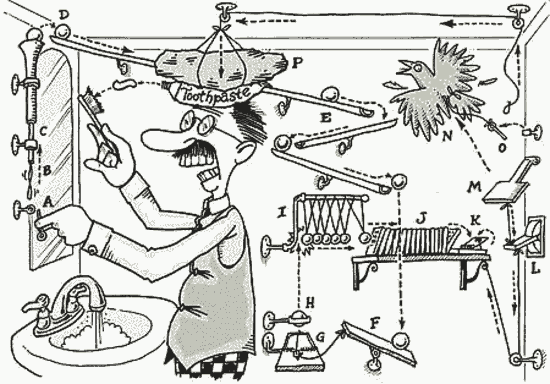
You can be your own record label, your own music publisher, your own TV/Radio station thanks to the very same digital revolution that put an end to the old ways.
It is easier and cheaper to record a high-quality song than ever before. Gone are the days of recording studios packed with expensive gear. Now we have the same — or better — capabilities with home computers and even telephones.
The big record labels have been replaced by YouTube and specialized websites like SoundCloud and Band Camp and Reverb Nation.
And best of all — you can make music directly from the consumer instead of having “the middle-men” take the majority of the money and giving you a small percentage.
The key to everything is what’s called “Tribal Marketing.”
You carve our your territory — your niche — and build your fan base. This is your Tribe. This is your cult. They will reward you for your creativity.
You can DIY with your mailing list, people who are specifically interested in what you do. You can reach them directly or you can use a service like Patreon to distribute what you do.
You not only can sell them your music, you can interact real-time with them in a way that traditional concerts cannot. And you don’t have to tour the world — you can do it via the World Wide Web.
If you get out of the employee mindset and take charge of the DIY mindset, this is the best time in history to be a music creator.
If you don’t do it yourself, nobody else is going to do it for you.
